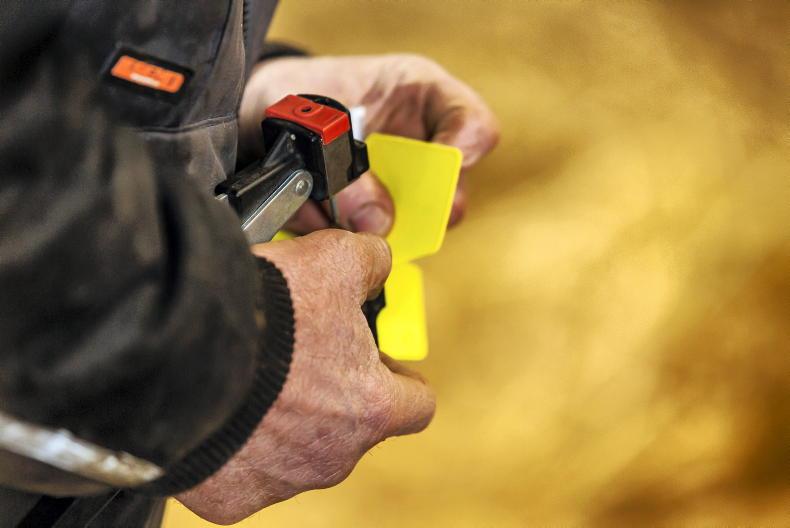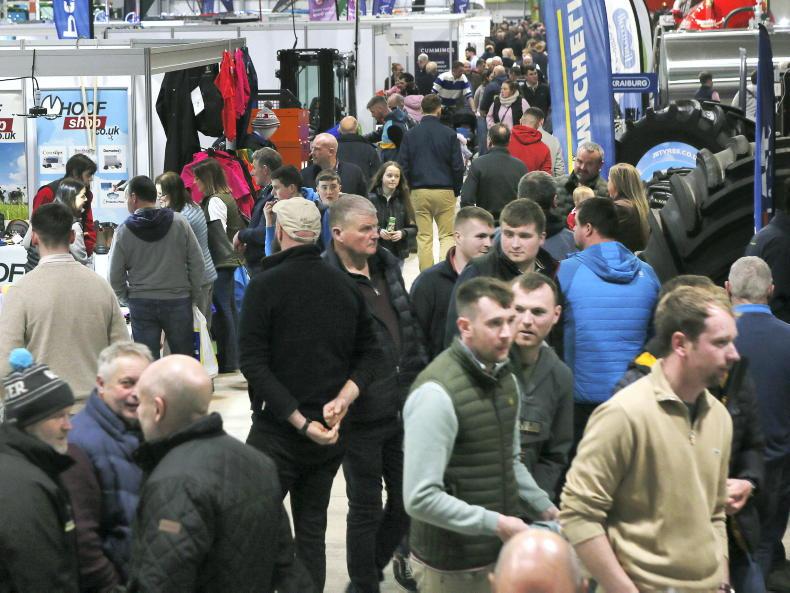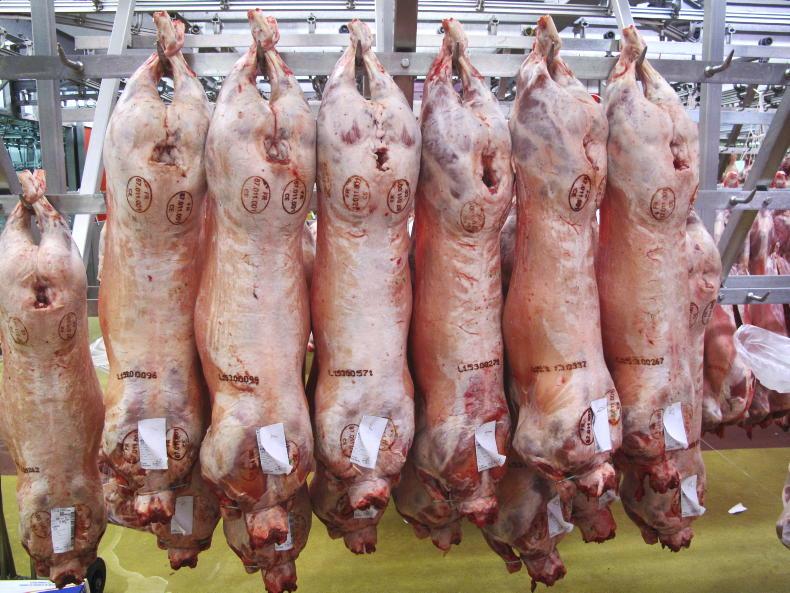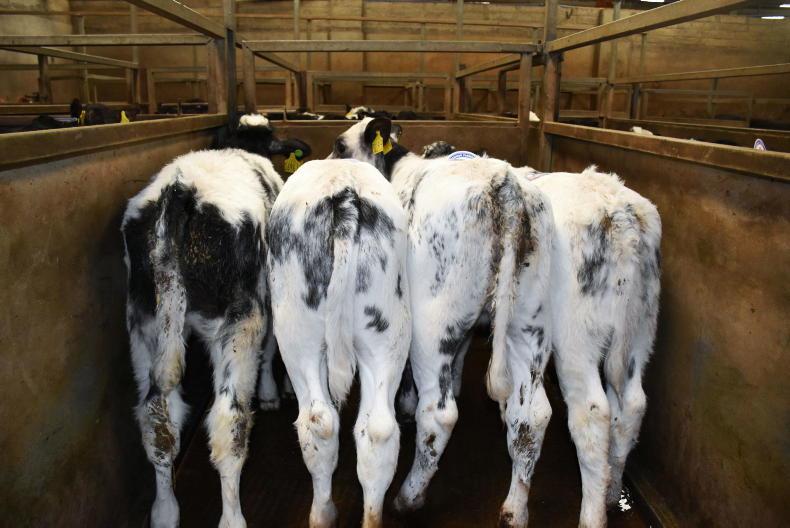Milder weather is forecast in the second half of this week with temperatures rising into the high teens.
Such conditions will increase the risk of respiratory diseases with autumn and spring born calves, as well as weanlings not long off the cow most susceptible.
Pneumonia risks will also be higher in young cattle that were recently housed, so take action to ensure that sheds have adequate airflow.
Actions
Keep doors open, avoid parking machinery in the feed passage as it disrupts airflow, remove gale breakers that limit airflow and if necessary, temporarily remove a couple of side sheets of tin.
Clipping along the back, head and neck will keep cattle cooler indoors, regulating body temperature and reducing the risk of pneumonia.
Increase herding checks throughout the day. Split the daily meal feeding to a morning and evening allocation to monitor calves.
Any calf that is slow to come forward is likely to be in the early stages of illness and should be treated immediately.
Poor airflow
Tell-tale signs of poor airflow include a distinct smell of ammonia from urine as you enter cattle housing and cattle that have a damp coat.
Condensation on side sheets and roof is another indicator of poor ventilation, as is a build-up of dust and cobwebs in buildings.
Read more
Two measures enough for €13/ewe payment – INHFA
Five tips for housing cattle in autumn
Milder weather is forecast in the second half of this week with temperatures rising into the high teens.
Such conditions will increase the risk of respiratory diseases with autumn and spring born calves, as well as weanlings not long off the cow most susceptible.
Pneumonia risks will also be higher in young cattle that were recently housed, so take action to ensure that sheds have adequate airflow.
Actions
Keep doors open, avoid parking machinery in the feed passage as it disrupts airflow, remove gale breakers that limit airflow and if necessary, temporarily remove a couple of side sheets of tin.
Clipping along the back, head and neck will keep cattle cooler indoors, regulating body temperature and reducing the risk of pneumonia.
Increase herding checks throughout the day. Split the daily meal feeding to a morning and evening allocation to monitor calves.
Any calf that is slow to come forward is likely to be in the early stages of illness and should be treated immediately.
Poor airflow
Tell-tale signs of poor airflow include a distinct smell of ammonia from urine as you enter cattle housing and cattle that have a damp coat.
Condensation on side sheets and roof is another indicator of poor ventilation, as is a build-up of dust and cobwebs in buildings.
Read more
Two measures enough for €13/ewe payment – INHFA
Five tips for housing cattle in autumn










SHARING OPTIONS